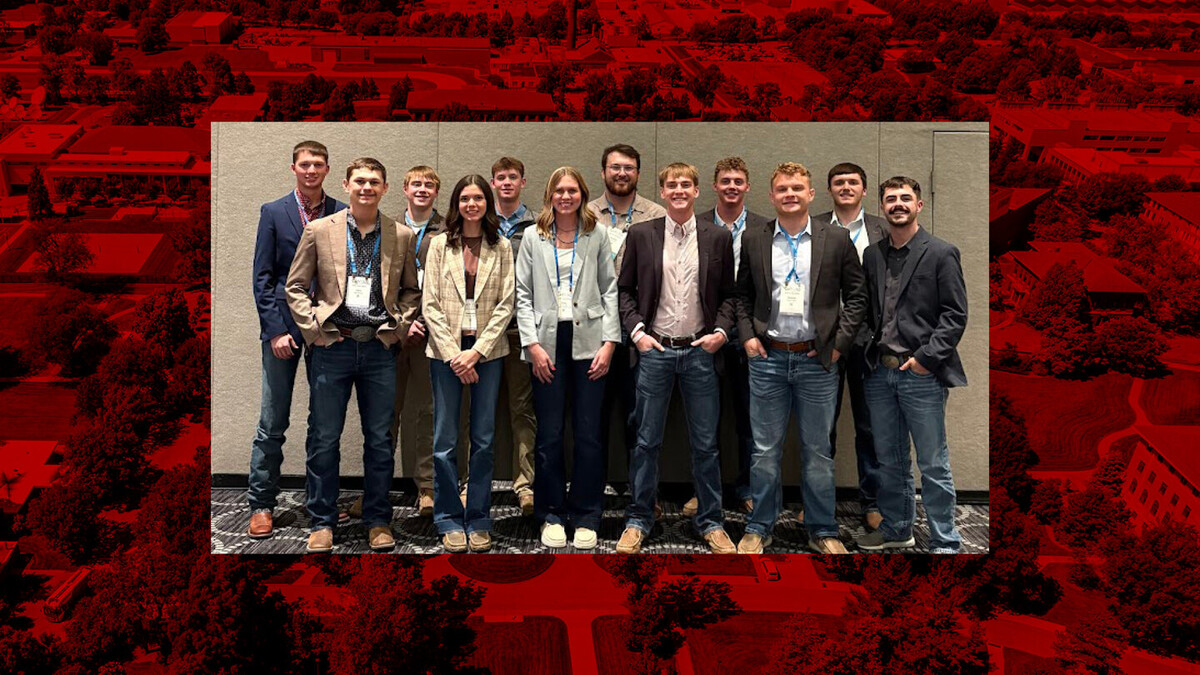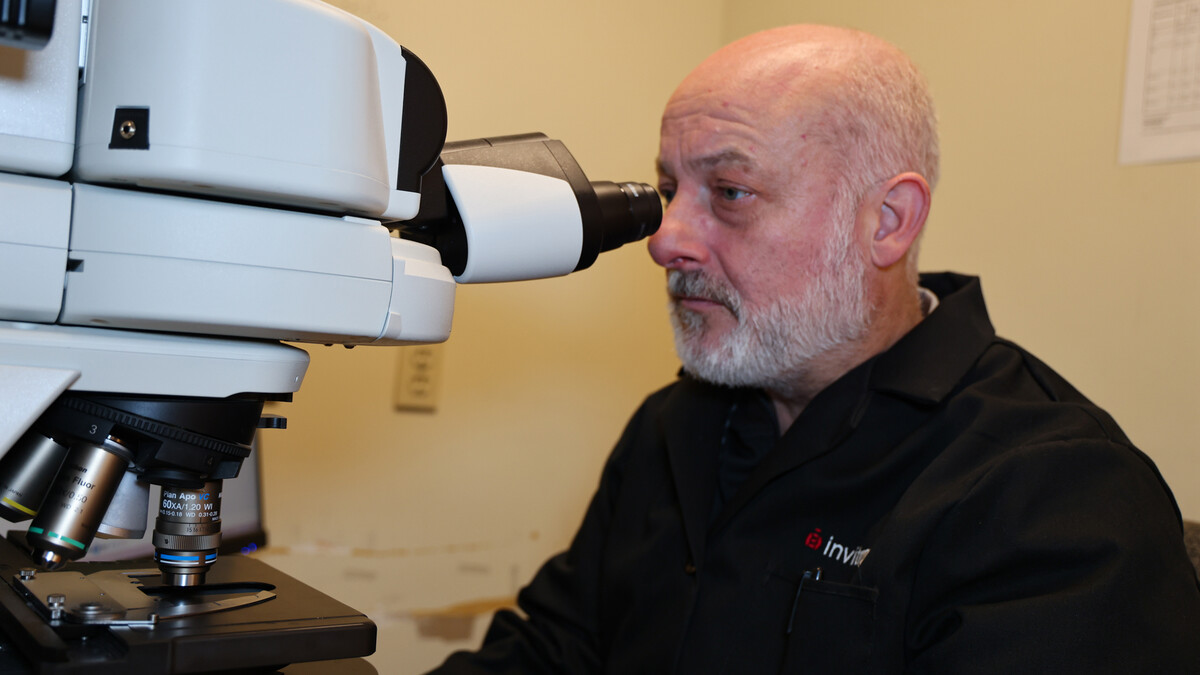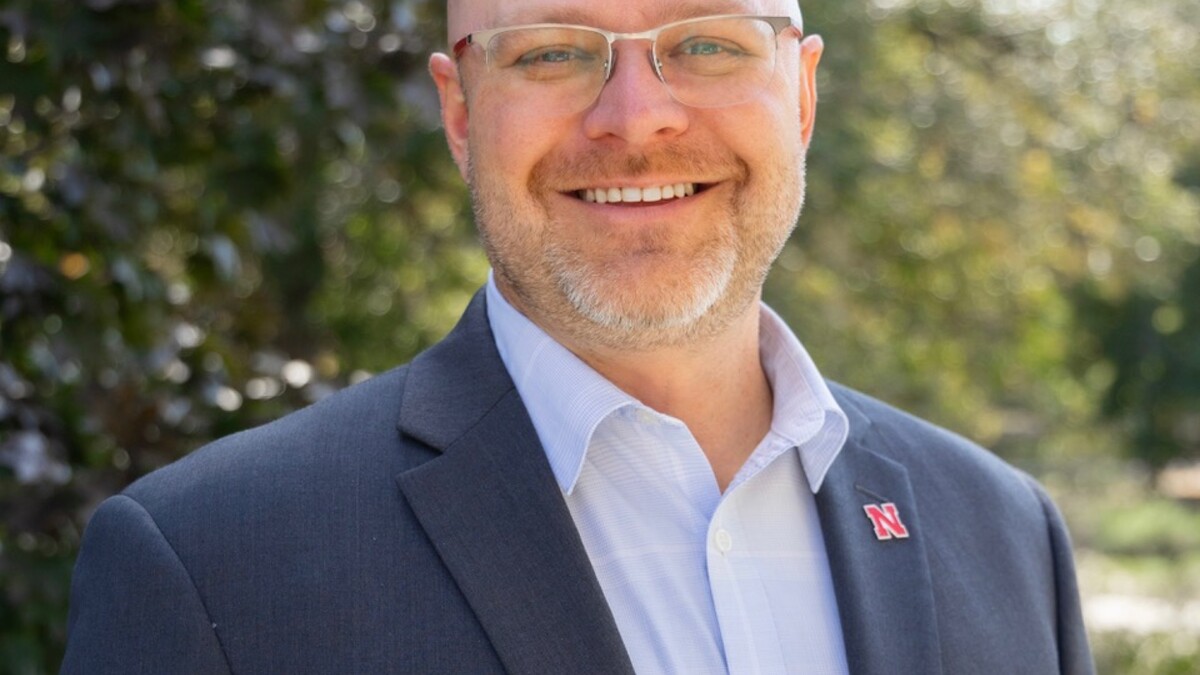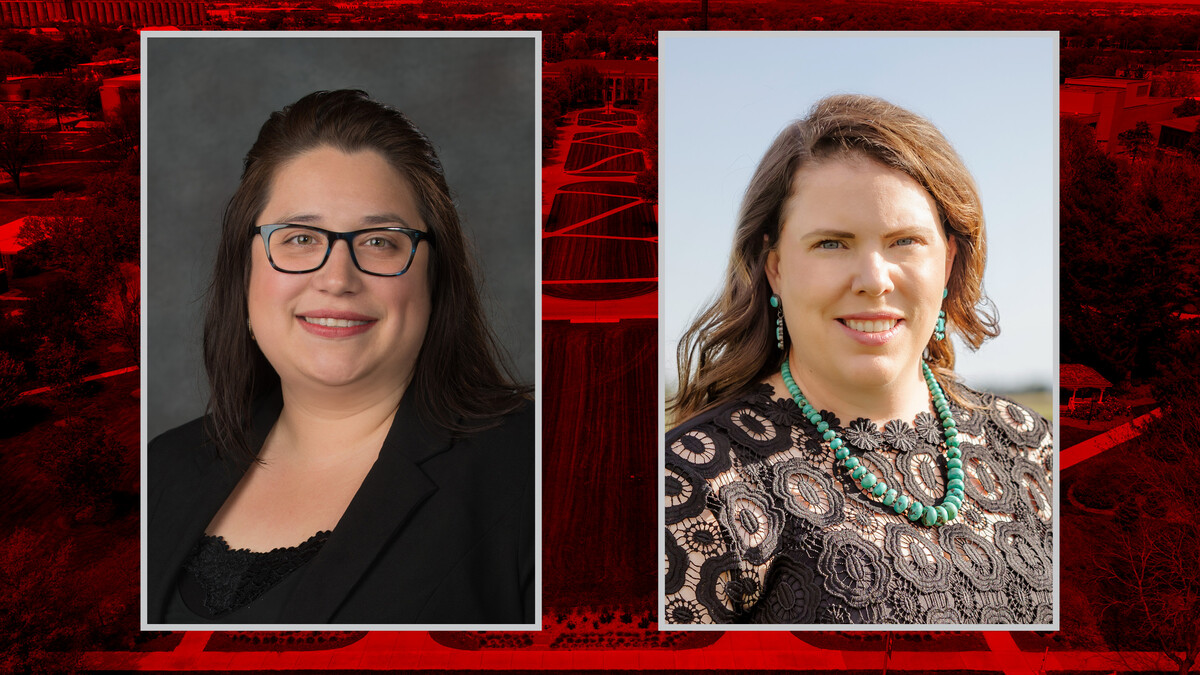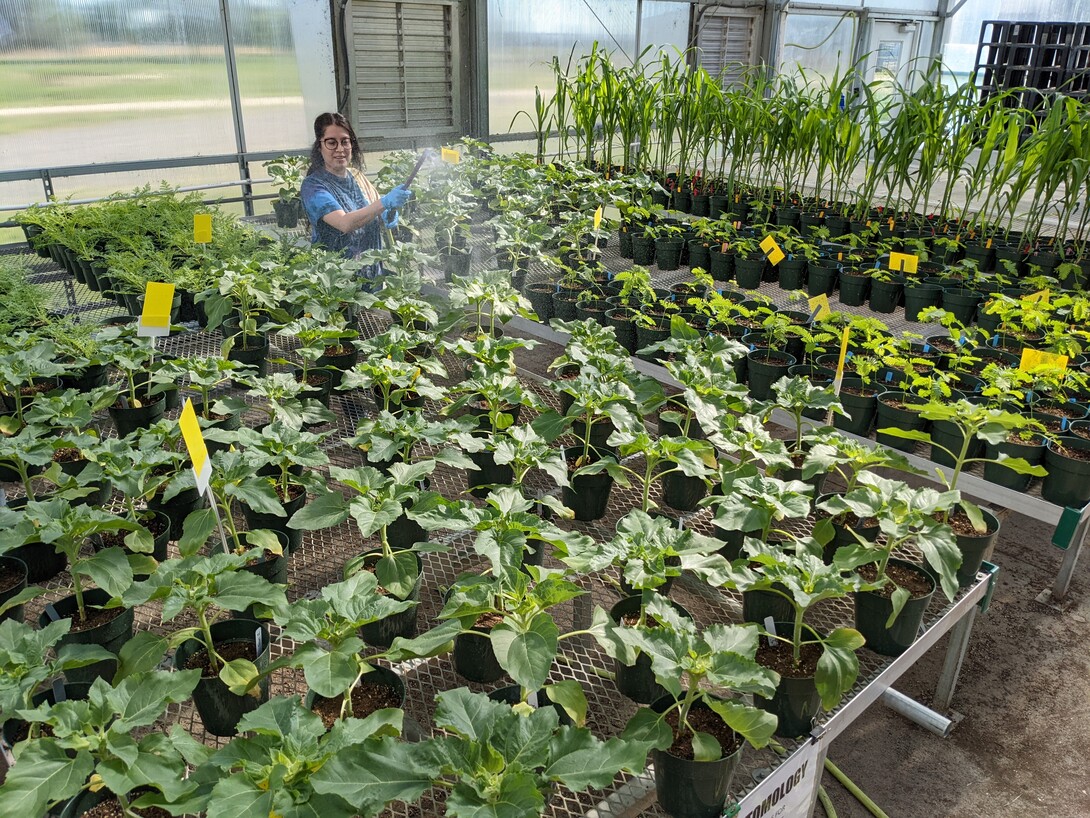
Lincoln, Neb. —Araceli Gomez Villegas has observed that the rallying cry “Save the insects!” draws far less enthusiasm than one like “Save the pandas!” She hopes her work in entomology can help change that.
“The perception I get from other people is that insects are gross and not likeable, so I kind of like the idea of working in a field and with an animal that is a little bit of the underdog, not seen in the best light at times, and trying to make more well known the benefits that they bring and that they can be cuddly, too, in a different way,” she says.
She came from San Diego to Nebraska to study pollinators in West Central Nebraska as part of the National Science Foundation’s National Research Traineeship. Her master’s project has six field sites, each with a Conservation Reserve Program grassland and, adjacent to it, a crop field. Five of the crop fields grow corn and one grows soybeans.
Gomez Villegas is looking at the types of pollinators that live in the adjacent CRP grasslands and how they might affect yield in the crop fields. She is focusing on native bees, counting them and identifying each species, but also counting butterflies and syrphid flies.
Native bees differ from the honeybees brought to North America by European settlers in that they generally live alone instead of in hives and don’t produce honey. Without a hive or honey to protect, most do not sting. They come in a variety of colors and markings, and some species are endangered or threatened.
Gomez Villegas’s project is part of a Department of Energy project looking at switching from corn biofuel production to perennial grass biofuel production. She is using the CRP grasslands as a proxy to perennial grass.
Working alongside her is Hannah Stowe, a doctoral student studying insects like ladybugs and spiders that prey on insects that harm crops.
Every month last summer, the two students walked along four 2-by-20-meter lines at each site, two lines in the grassland and two in the crop field. Usually, the sites had a road separating the grassland and the crop field, and the first transect lines ran parallel to the road, measuring 10 meters from it on both sides, and the second transect lines measured another 100 meters into the grassland and crop field from the first. The students walked the lines for 10 minutes each visit, counting insects on flowers.
Their hypothesis was that they would see more pollinators at the edge of a crop field than at the center of it, as a sort of spillover of pollinators from the adjacent CRP grassland, Gomez Villegas says.
However, the season was very dry, and they counted few insects with the transect method.
The students also monthly placed nine sticky cards on three poles, a yellow, a blue and a white card on each pole, to catch insects and see the species attracted to each color. Gomez Villegas would collect the cards after three days and take them back to freeze them and then remove the insects to identify species and counts in each.
She is still processing these cards and learning to identify the different species of native bees. There are about 4,000 native bees in the United States, so she says she has much to learn but most of the bees on her cards appear to be sweat bees.
In the second part of her project, Gomez Villegas planted sunflowers in the fields for one week in July and August. During each week, she went out three times to observe pollinators and also kept a camera on a flower to observe it. Next, she will process the video and count the sunflower seeds and weigh them, to gauge how much pollination occurred and whether that correlated to a higher yield.
Her preliminary results from the sunflower observations suggest that the soybean field had the most insects visiting flowers, even compared with the grasslands. The CRP grassland adjacent to the soybean field had tall grass without many flowers, but the soybean plants were in bloom, full of flowers.
“It makes sense because you have all of this extra forb resources from this field,” she says. “They get irrigated, and so you do have very consistent floral resources.”
She plans to repeat her experiments next summer to better understand whether CRP sites can help sustain insect populations.
“Hopefully, something that we can be able to answer with this type of research is are there enough floral resources at the site to be able to sustain insect populations, or if there aren't, how can we change that?” she says.
CRP programs vary, and growers could maybe use seed mixes with more flowers to better sustain pollinators, she says.
Another hope that Gomez Villegas says she holds for her and Stowe’s research is that they can show growers that pollinators can increase crop yield and predators can lower the need for pesticides.
“I like the idea that my research will help conserve and protect insects in general and have more people thinking about them as beneficial and wanting to protect maybe not just the insects but also habitat and then have this research assist with that conversation,” she says.

